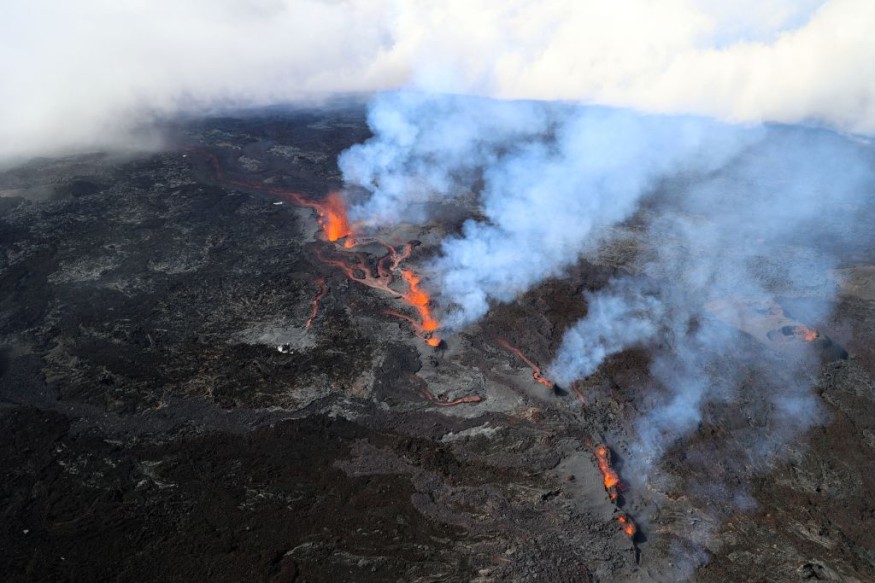Megaquakes or large earthquakes are seemingly pulled to the underground mountain-sized igneous rock, known as Kumano Pluton, in southern Japan, according to a new geological study. The latest discovery can contribute to the growing knowledge on the relation between these rocks and tectonic plates.
Using the latest technology in geology, researchers were able to detect the mountain-sized rock underneath Japan using a modern 3D visualization. It showed tectonic energy from large earthquakes in the past was diverted to several points of Kumano Pluto.
Earthquakes are common in Japan since it also falls within the Pacific Ring of Fire, a horseshoe-shaped region in the Pacific Ocean where earthquakes and volcanic eruptions are frequent. This is due to active seismic activities caused by the frequent movement and collision of tectonic plates.
Kumano Pluton

The new discovery was published in the journal Nature Geoscience on February 3, which explored the geological connection between upper-plate structures and subduction zone properties-which the study claimed to remain poorly understood.
According to the Science Alert, the study suggests that the massive underground rock Kumano Pluton had served like a "magnet" or a "lightning rod" to megaquakes in the past, particularly the earthquakes in Japan in the 1940s, known as the 1944 Tonankai earthquake and the 1946 Nankai earthquake.
Although earthquakes are frequent in Japan since it is within the Pacific Ring of Fire, the mountain-sized rock may likely be responsible for attracting other strong earthquakes in Japan's history, notably the 2011 Tohoku earthquake and tsunami incident.
2011 Tohoku Earthquake and Tsunami
The 2011 Tohoku earthquake and tsunami, also called the Great Tohoku earthquake, was the occurrence of a 9.0-magnitude earthquake in northeastern Japan on March 11, 2011, destroying more than 100,000 buildings and approximately cost $199 billion dollars of financial damage, as per Live Science.
Official figures said the Great Tohoku earthquake killed almost 20,000 people, over 6,000 injured, and around 2,500 remained missing as of December 2021. The World Bank estimated the total economic damage of the earthquake was around $235 billion, as cited by Live Science.
The 2011 Japan earthquake also triggered a large-scale tsunami, which has been accounted to be responsible for most deaths instead of the earthquake itself. During this earthquake, little is known yet about the Kumano Pluton when the first hints of its existence were reported in 2006.
Earthquake Measures
The frequency of earthquakes in Japan has allowed the East Asia country to create and develop earthquake measures on its infrastructure to consist of earthquake-proof buildings. These earthquake-proof infrastructures are visible especially in Osaka, Tokyo, and Yokohama, as per the BBC.
Aside from the infrastructural ingenuity in response to earthquakes, researchers from the new study on Kumano Pluton hope that further research in the future can help understand once and for all how the mountain-sized igneous rock attracts megaquakes.
Nevertheless, the findings of the study could be proven to be useful for future studies, especially on accurately predicting earthquakes, both minor and large, in Japan and other regions of the world.
Related Article : Japan Hit by 7.4 Magnitude Earthquake, Tsunami Warning Issued
© 2025 NatureWorldNews.com All rights reserved. Do not reproduce without permission.





